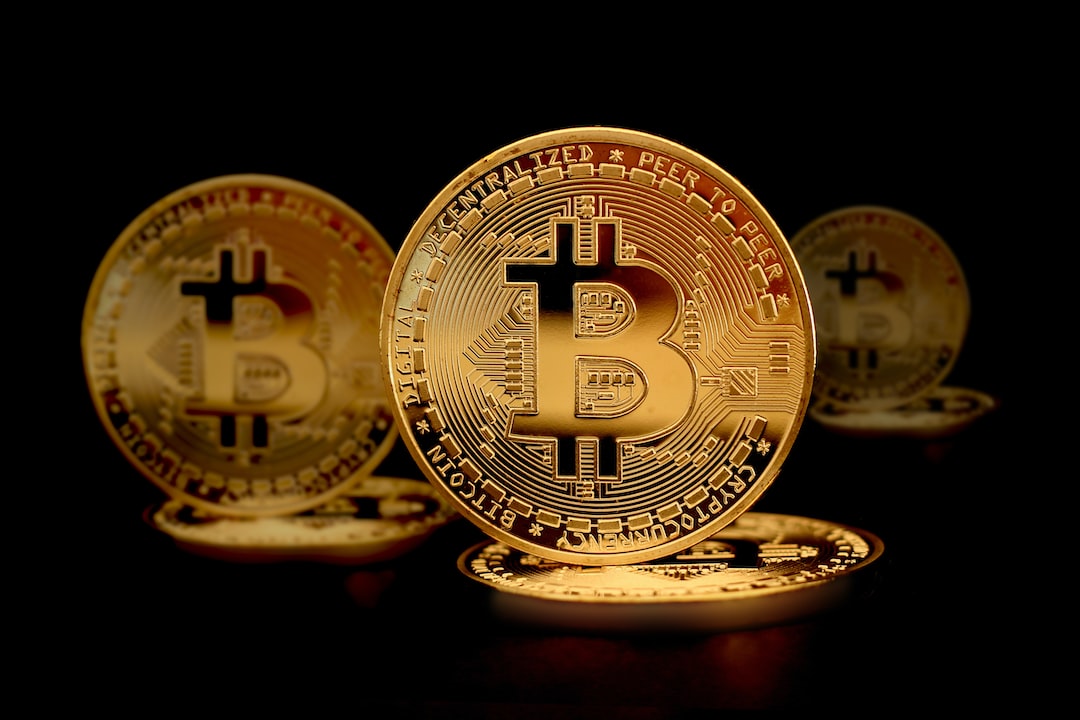Landmark Lawsuit Accuses OpenAI and Microsoft of Copyright Infringement
The New York Times has filed a lawsuit against OpenAI and Microsoft, alleging that the tech firms used its article archives to train their AI technologies without permission. The Times is seeking billions in damages and demanding the dismantling of AI models and training data that incorporate its copyrighted material. OpenAI and Microsoft have yet to respond publicly to the allegations.
Tension Between Traditional Media and AI Platforms
This legal challenge highlights the growing tension between traditional media outlets and AI-driven platforms. The Times sees AI chatbots as direct competitors that could divert traffic and revenue from its digital properties. The case also has broader implications for the generative AI sector, which relies heavily on diverse online texts for development.
The Times’s Concerns about AI Use
In its complaint, The Times points out instances where AI chatbots produced responses based on its journalism, which is typically behind a paywall. The newspaper argues that this could lead to reduced website visits, advertising, and subscription revenues. The lawsuit also raises concerns about potential inaccuracies or “hallucinations” generated by AI that could harm The Times’s brand reputation.
Failed Negotiations Lead to Legal Action
Prior negotiations between The Times, Microsoft, and OpenAI to find a resolution were unsuccessful, prompting the newspaper to take legal action. This lawsuit is a critical moment for both the news industry and AI technology firms as it could redefine the rules of engagement in the digital age.
Hot Take: Potential Impact on AI Training and Intellectual Property
This landmark lawsuit filed by The New York Times against OpenAI and Microsoft has significant implications for how AI technologies leverage existing intellectual property. If successful, it could lead to changes in how AI models are trained and the use of copyrighted material. This case also highlights the ongoing struggle between traditional media and AI platforms, raising important questions about the future relationship between these industries.





 By
By
 By
By
 By
By
 By
By
 By
By
 By
By